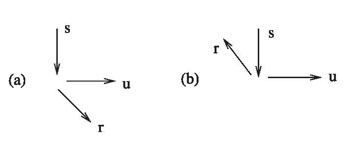
Figure 3.4: (a) Forward and (b) Backward Scattering Configurations.
The heterodyne configuration of a one-dimensional LDV is commonly used in practice (Figure 3.5). In principle one light source and two beams (1 and 2) are required per dimension; in three dimensions three sources preferably of different wavelengths are required. The receiver  is a photodetector such as a photodiode or a photomultiplier tube that converts the optical signal to an electrical signal. It is useful in determining the Doppler shift frequency. Both original and the scattered light, are combined on the surface of the photodetector. These signals are of the form is a photodetector such as a photodiode or a photomultiplier tube that converts the optical signal to an electrical signal. It is useful in determining the Doppler shift frequency. Both original and the scattered light, are combined on the surface of the photodetector. These signals are of the form  and and  . Since the photodetector is a square law device its output oscillates as . Since the photodetector is a square law device its output oscillates as


|